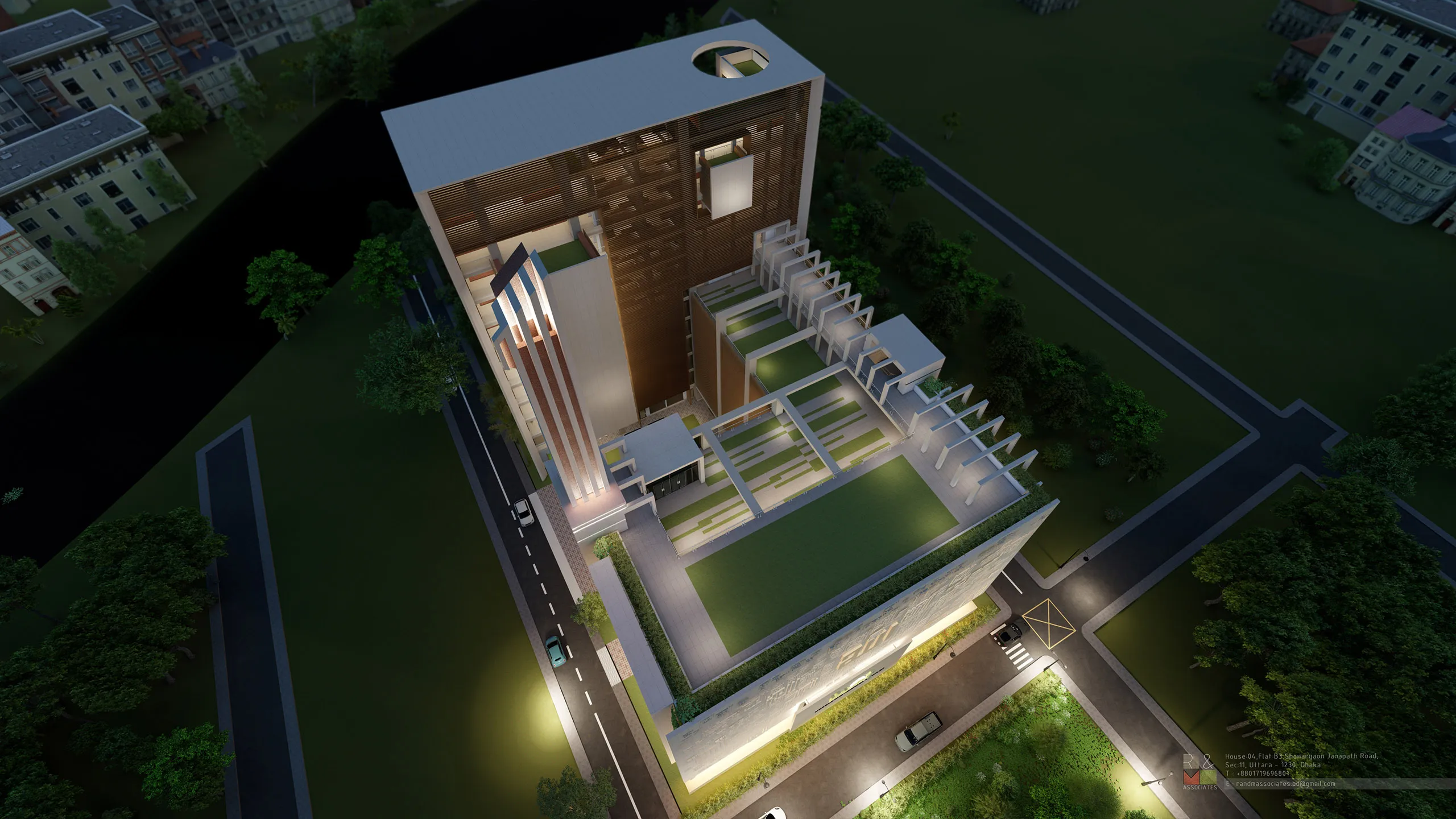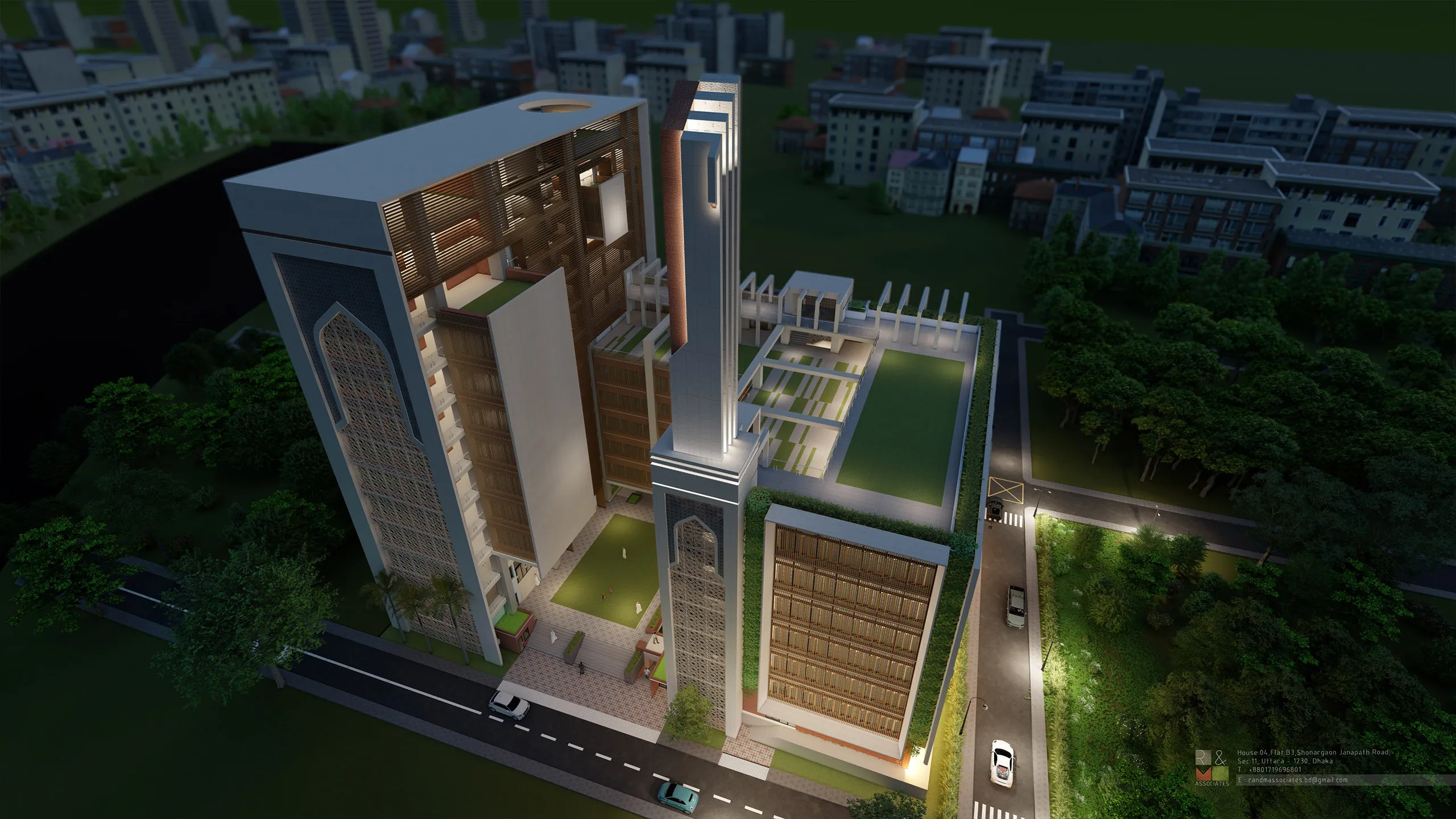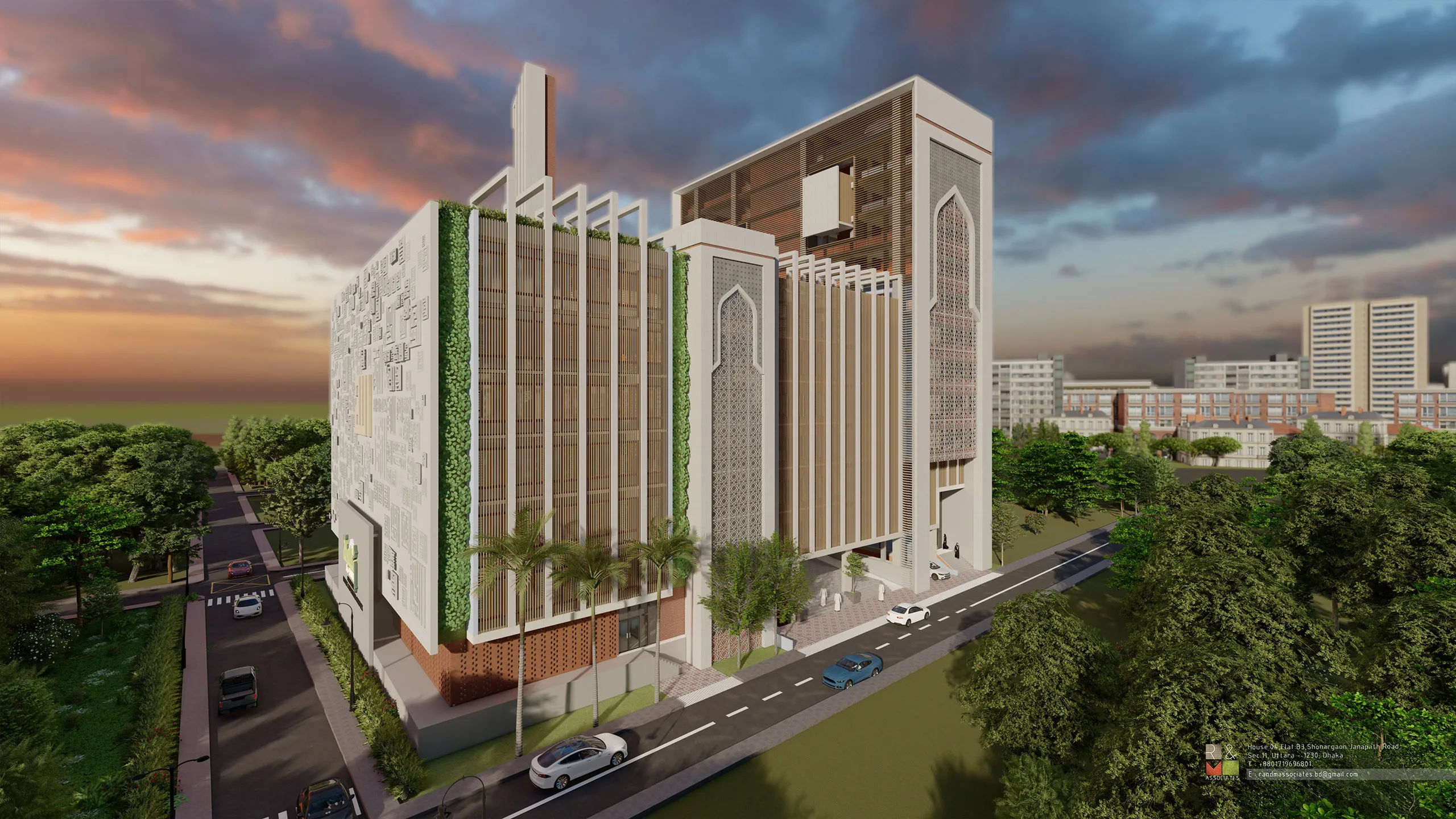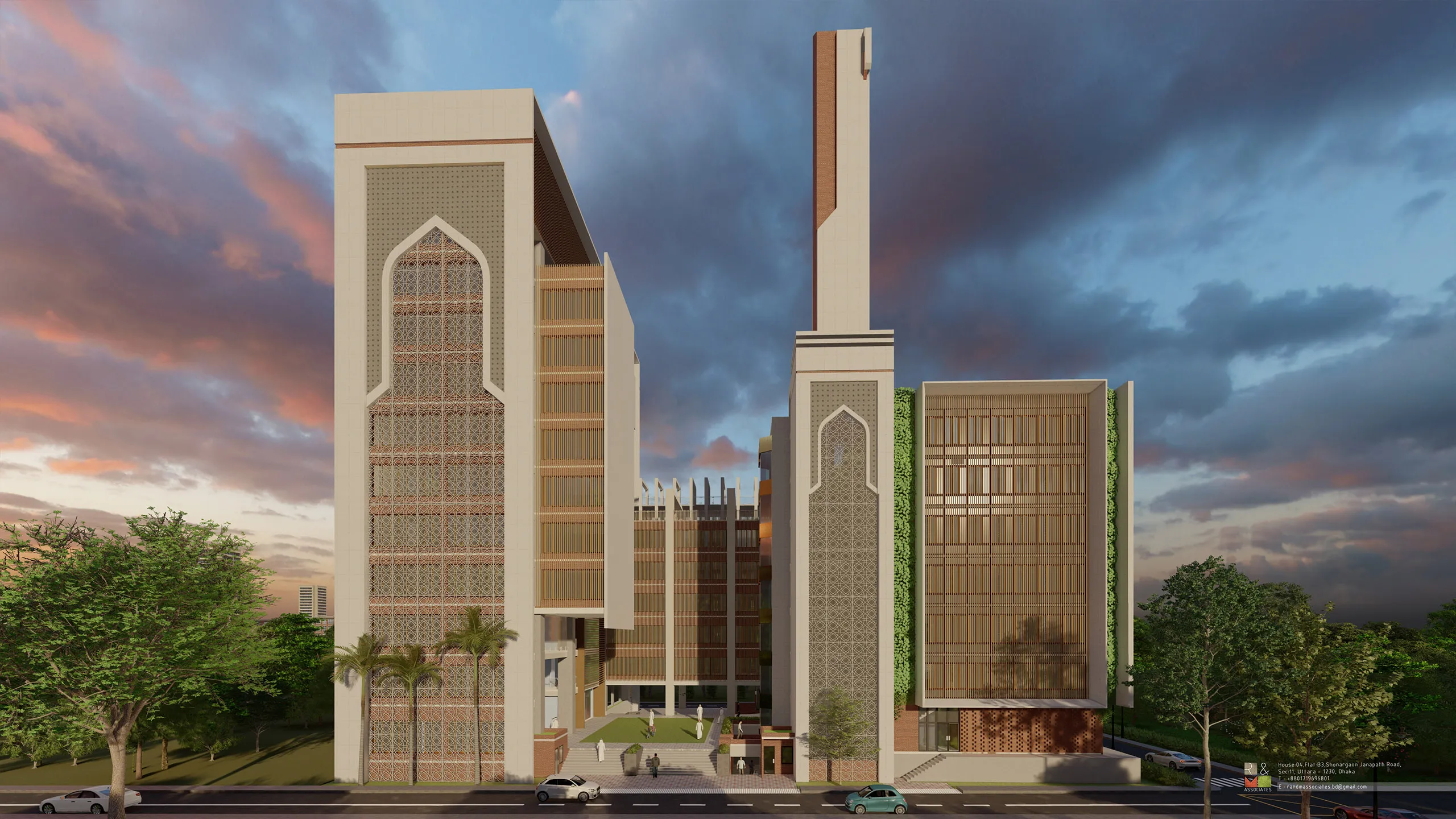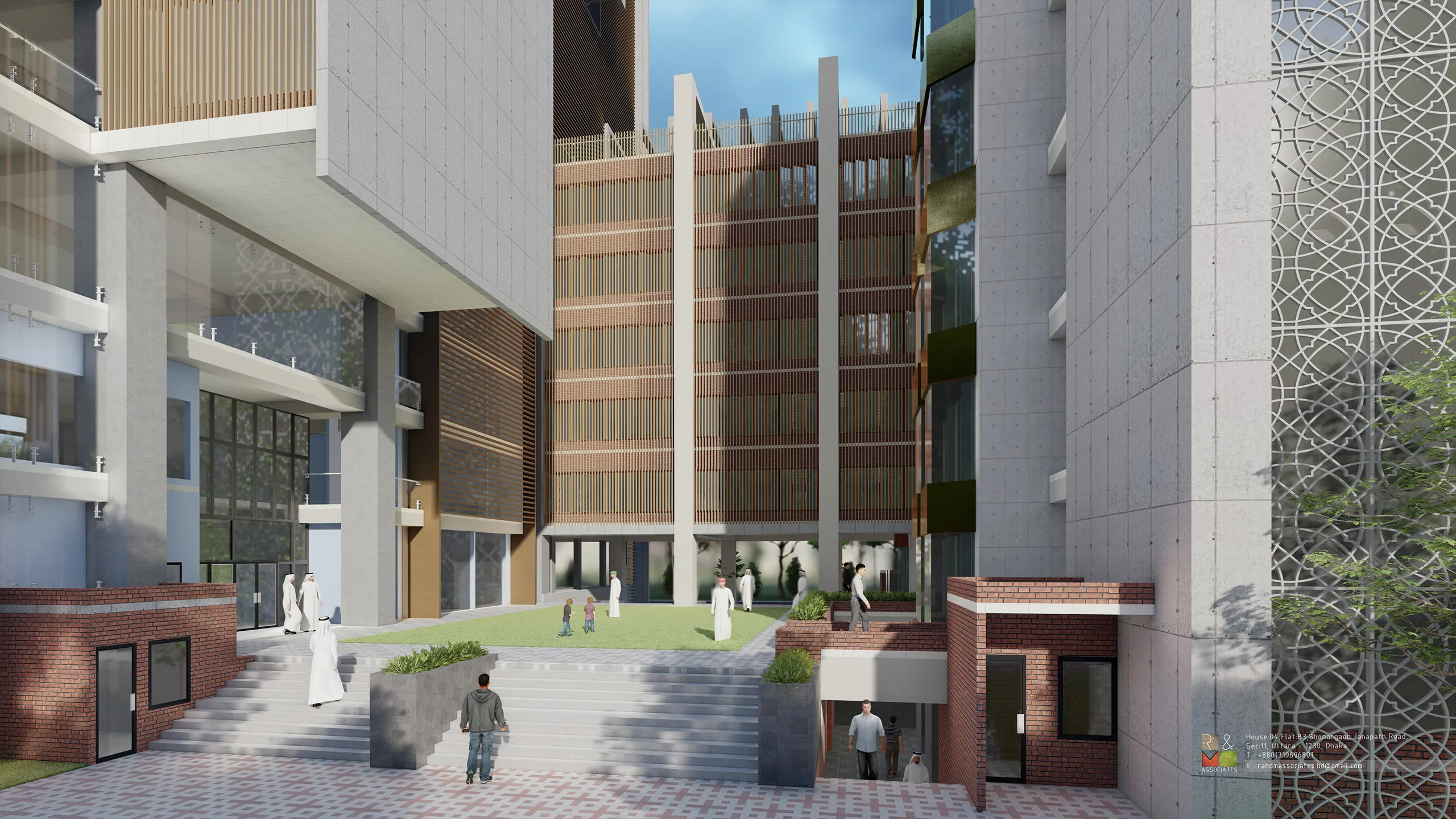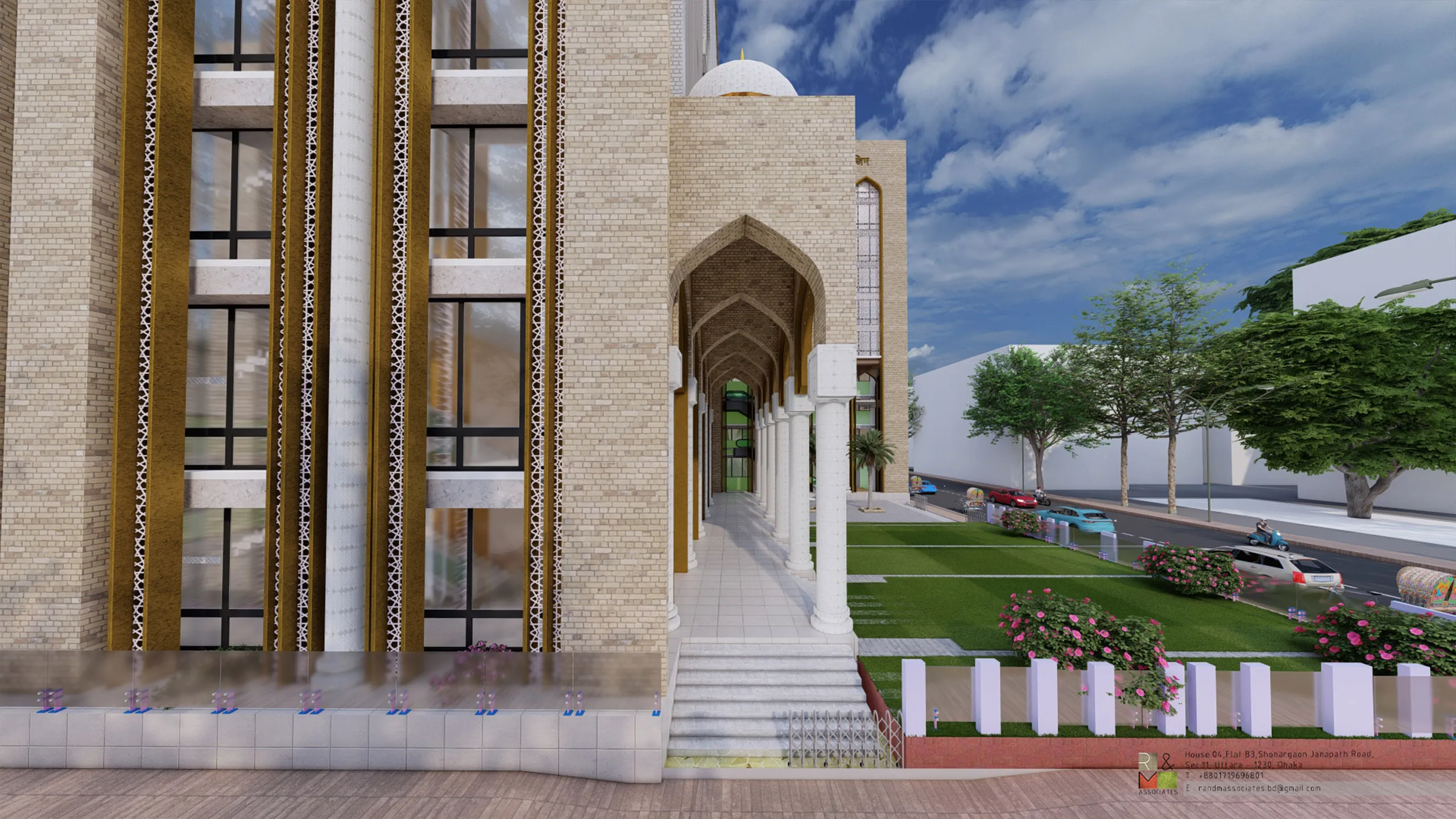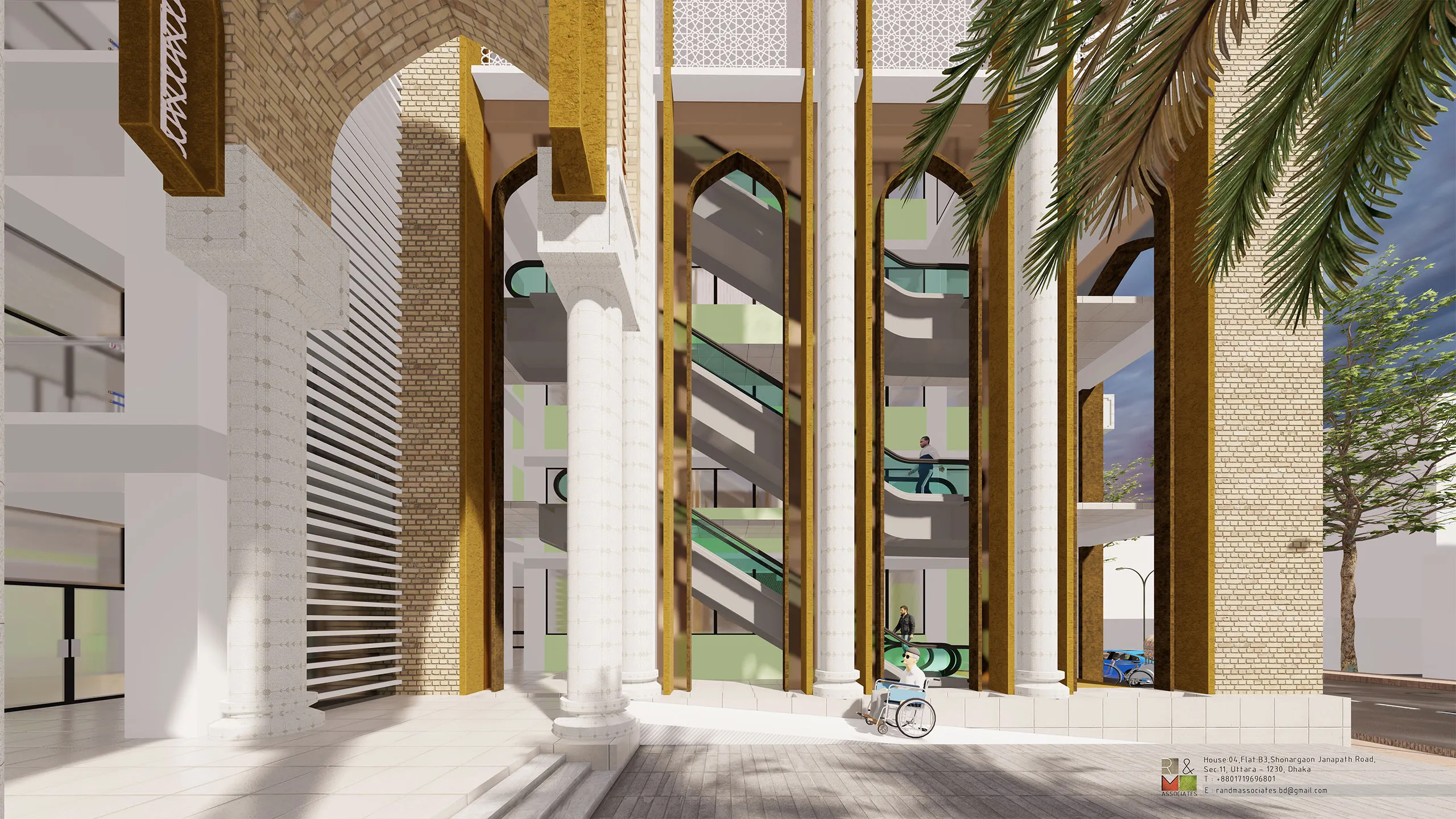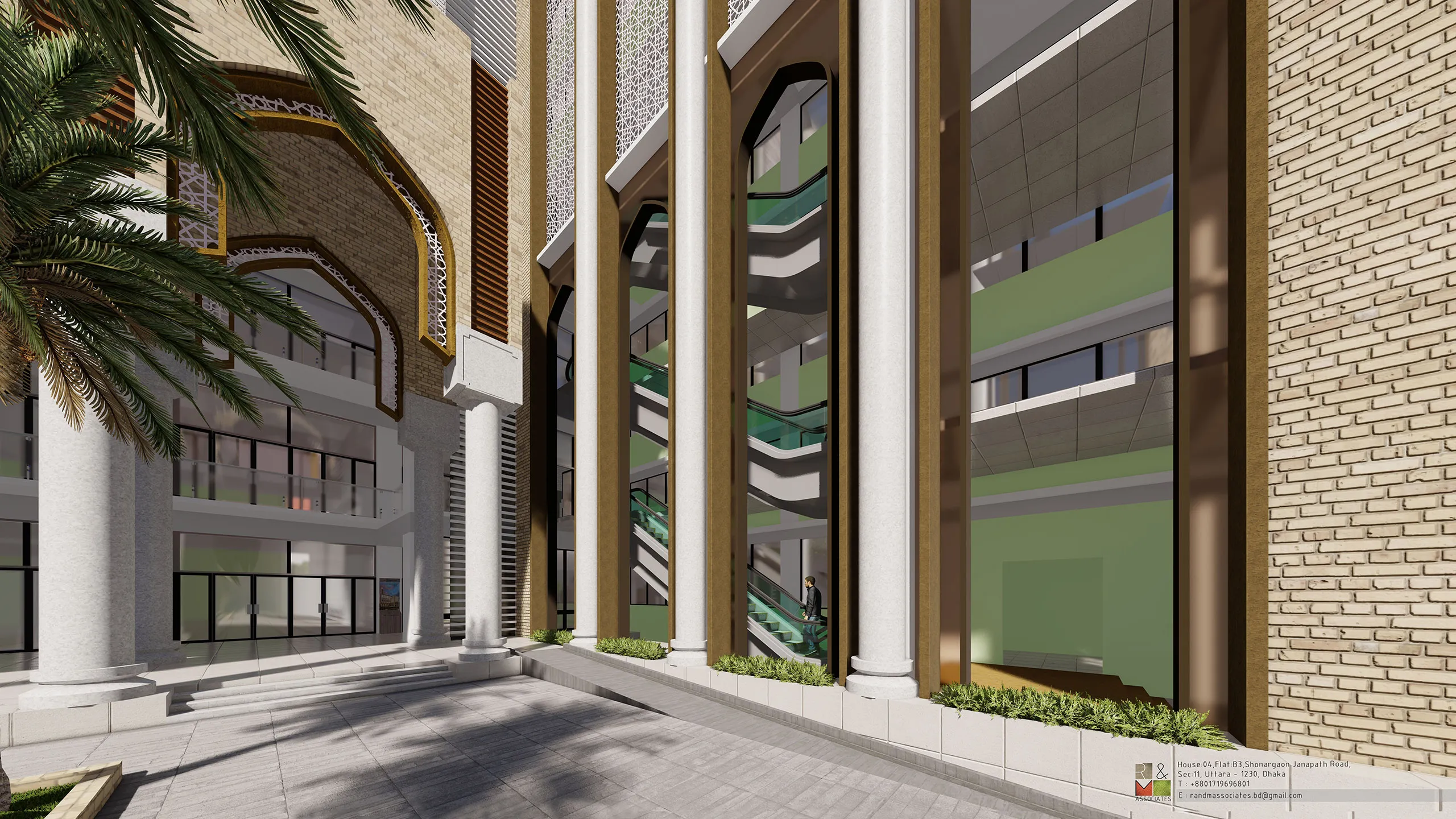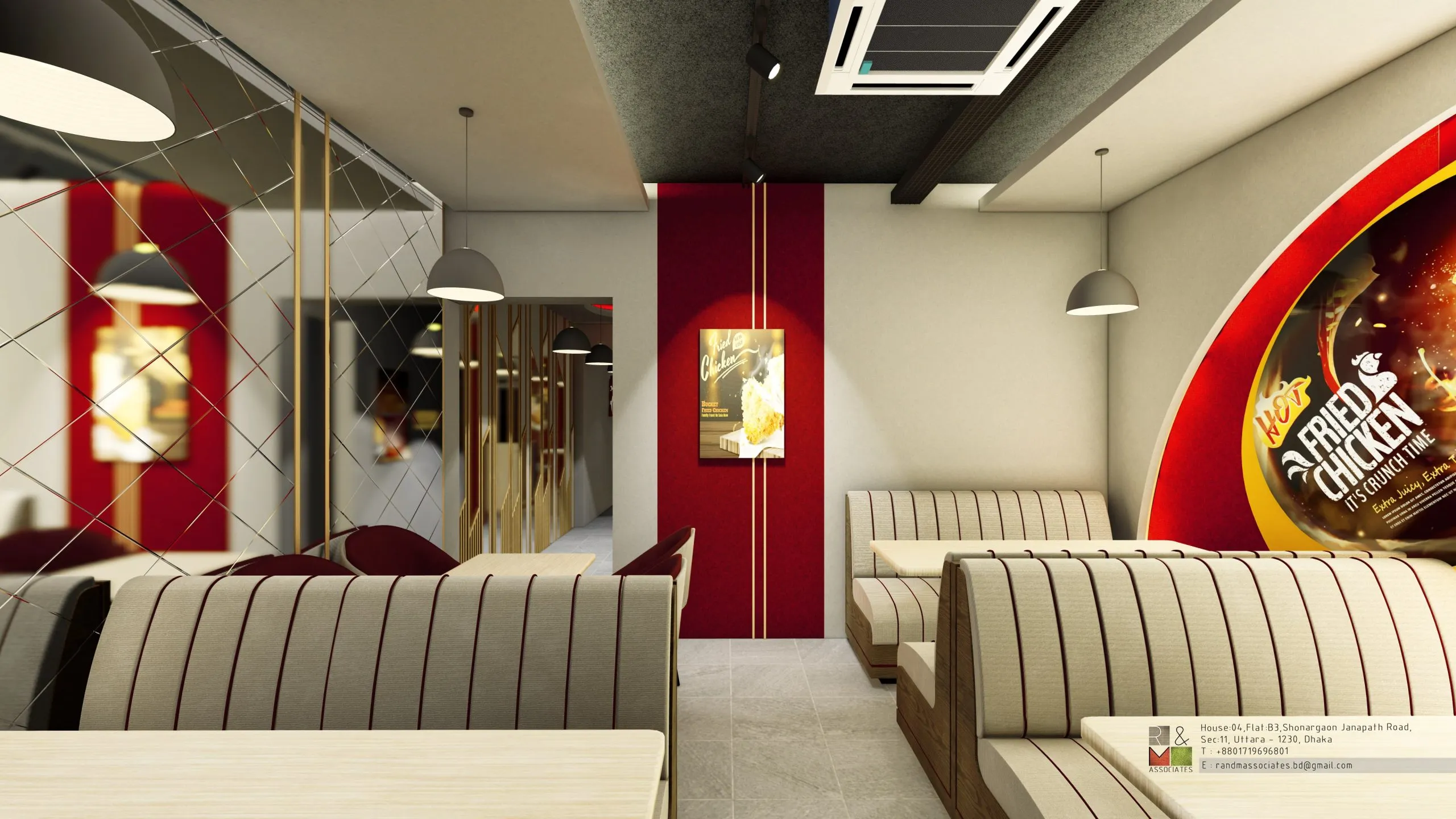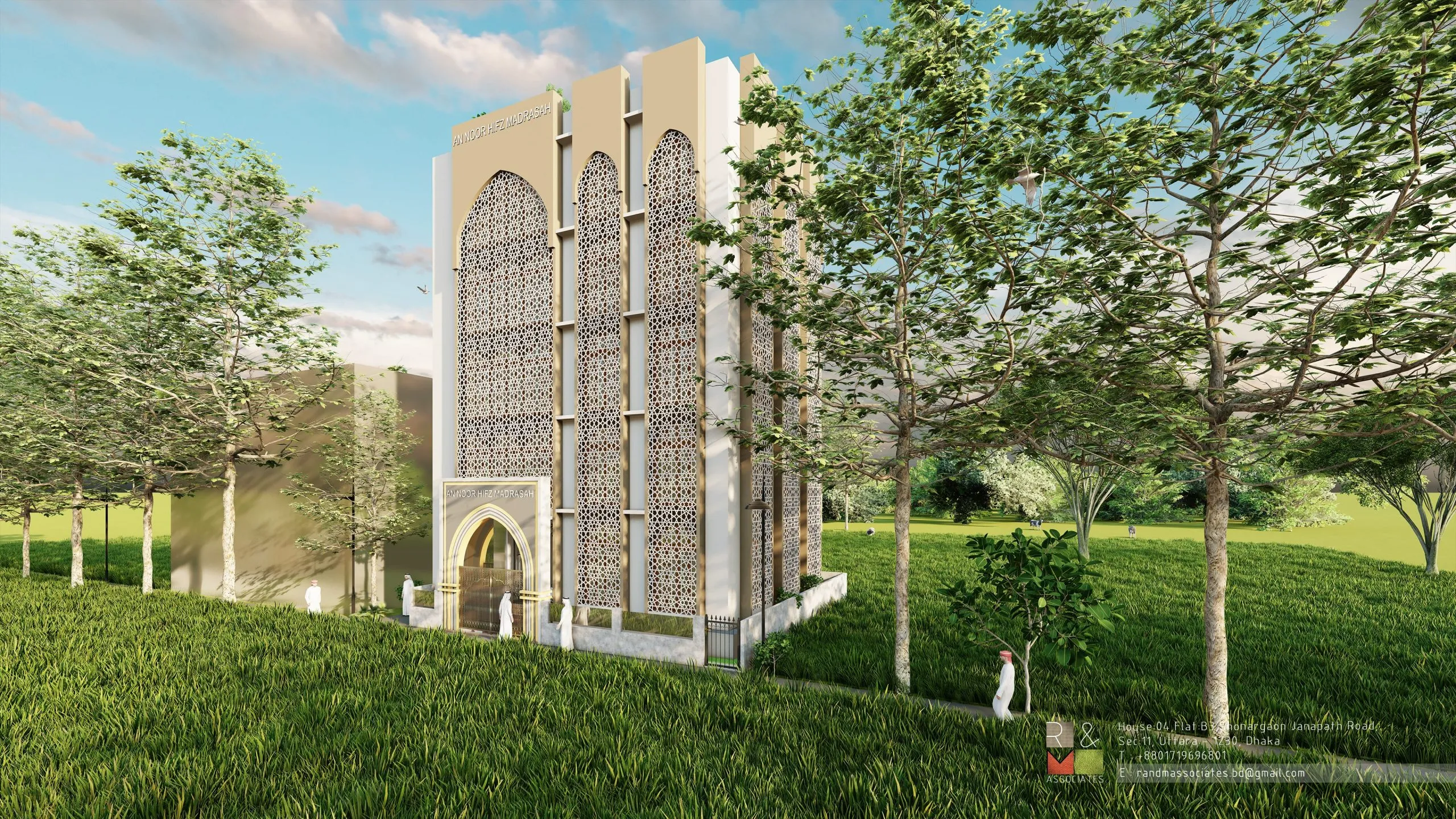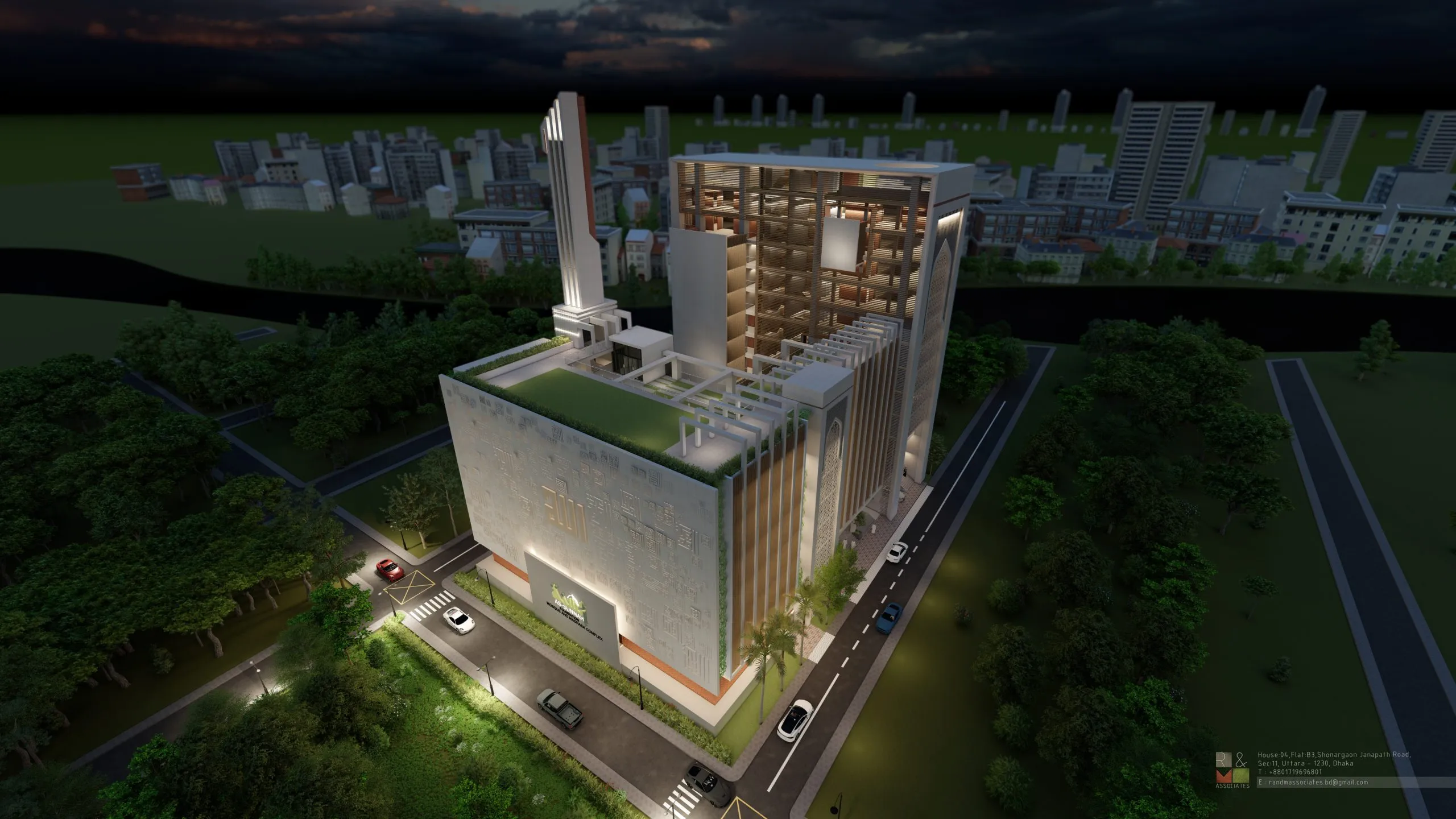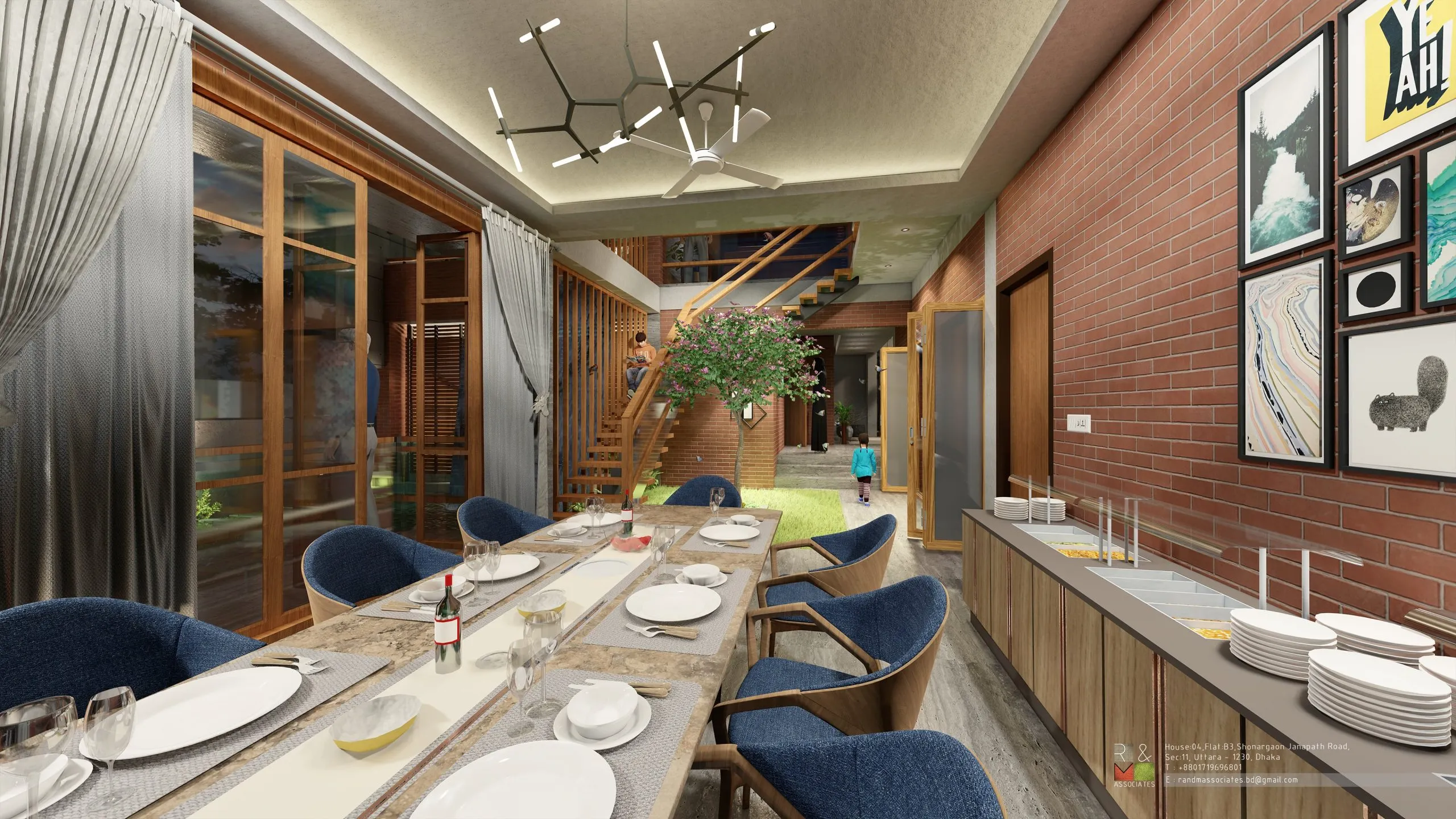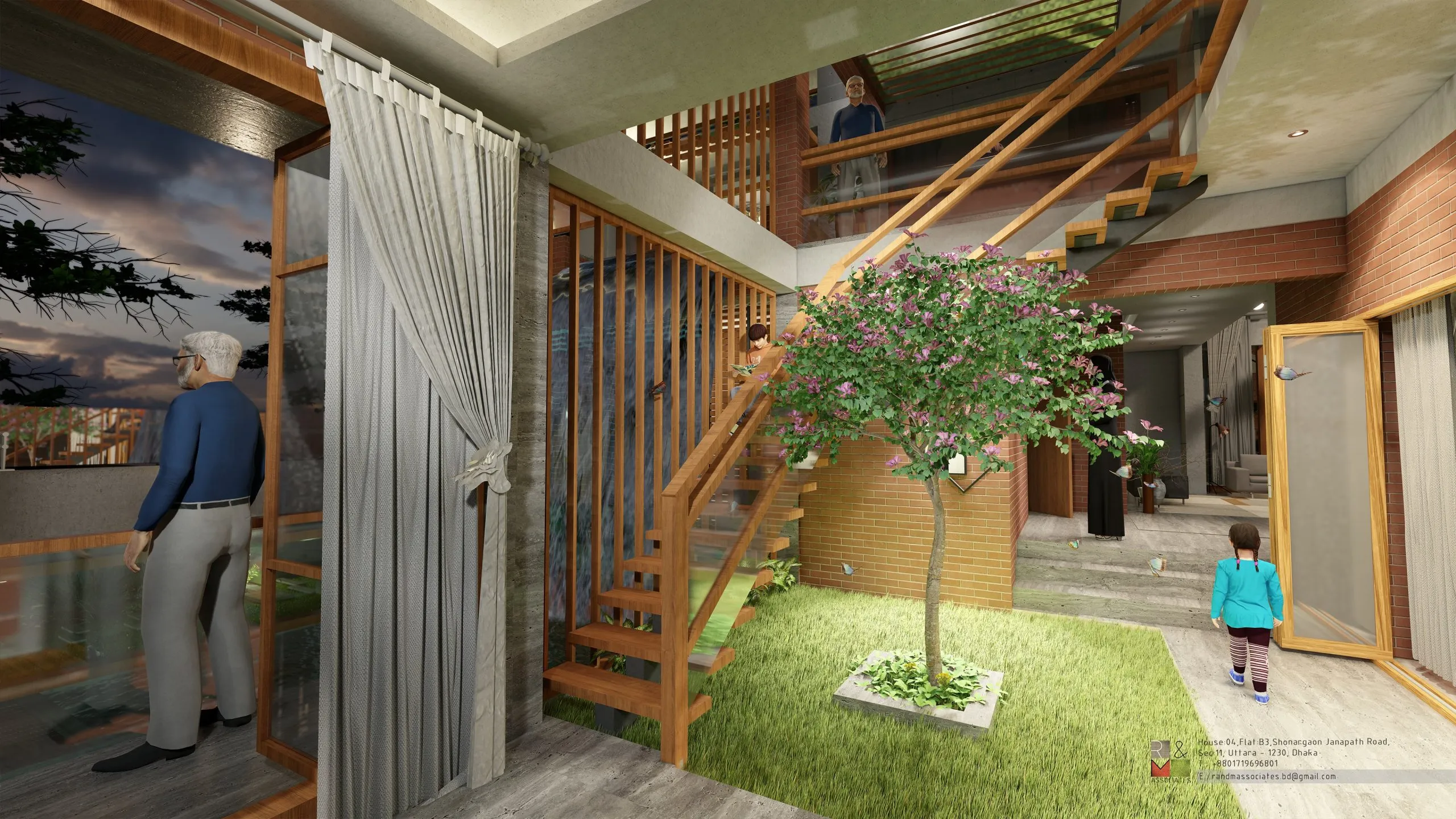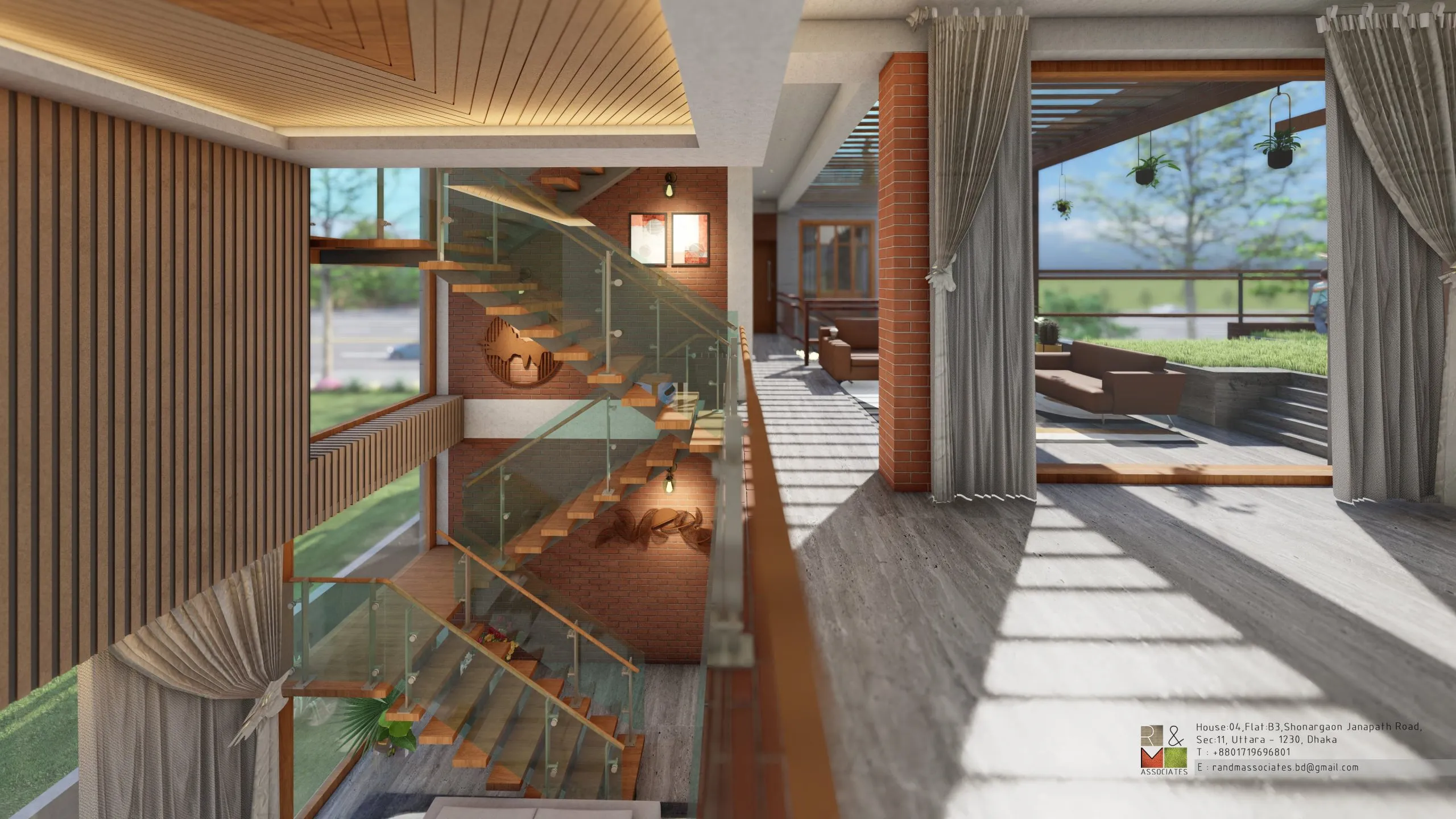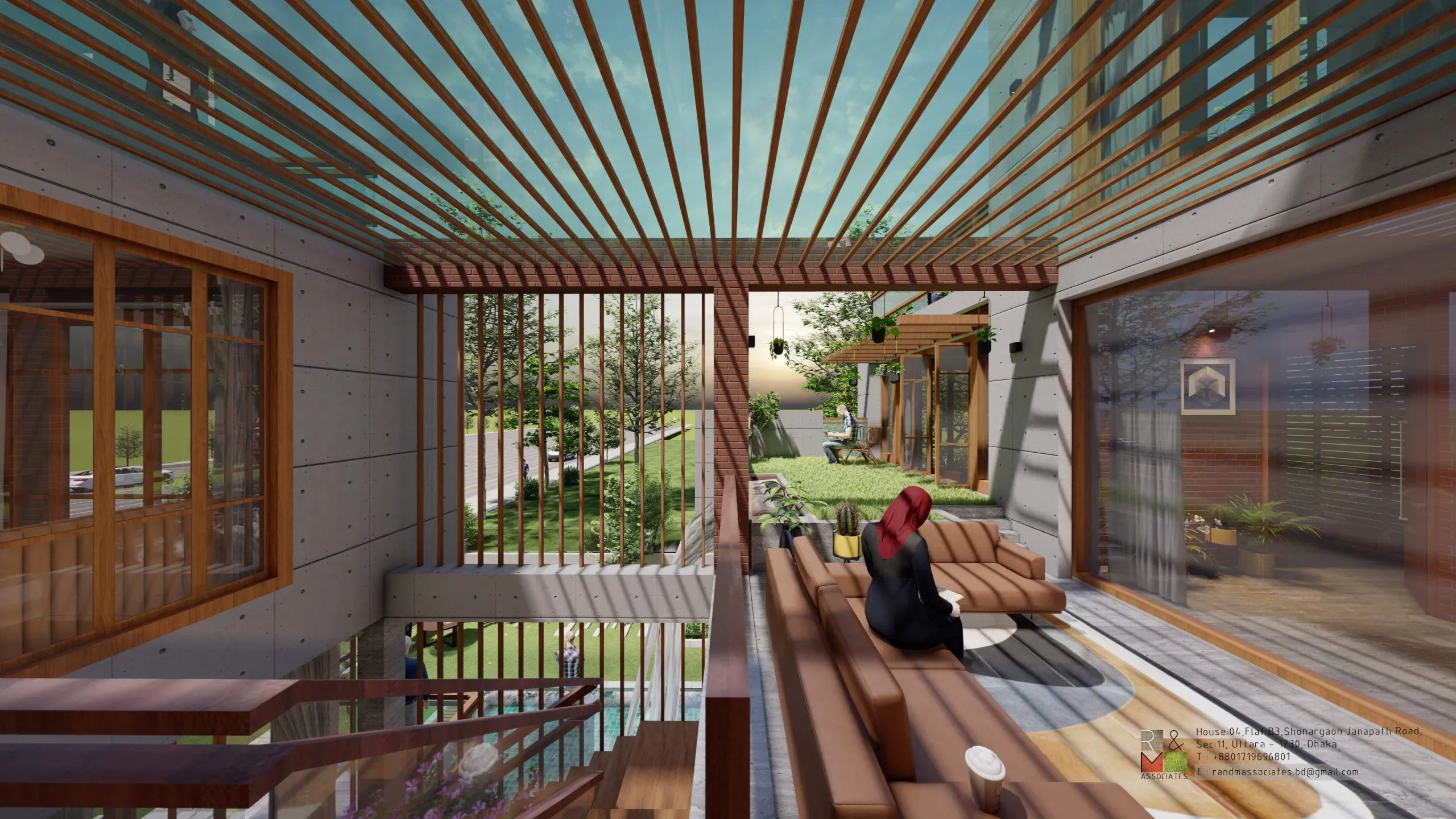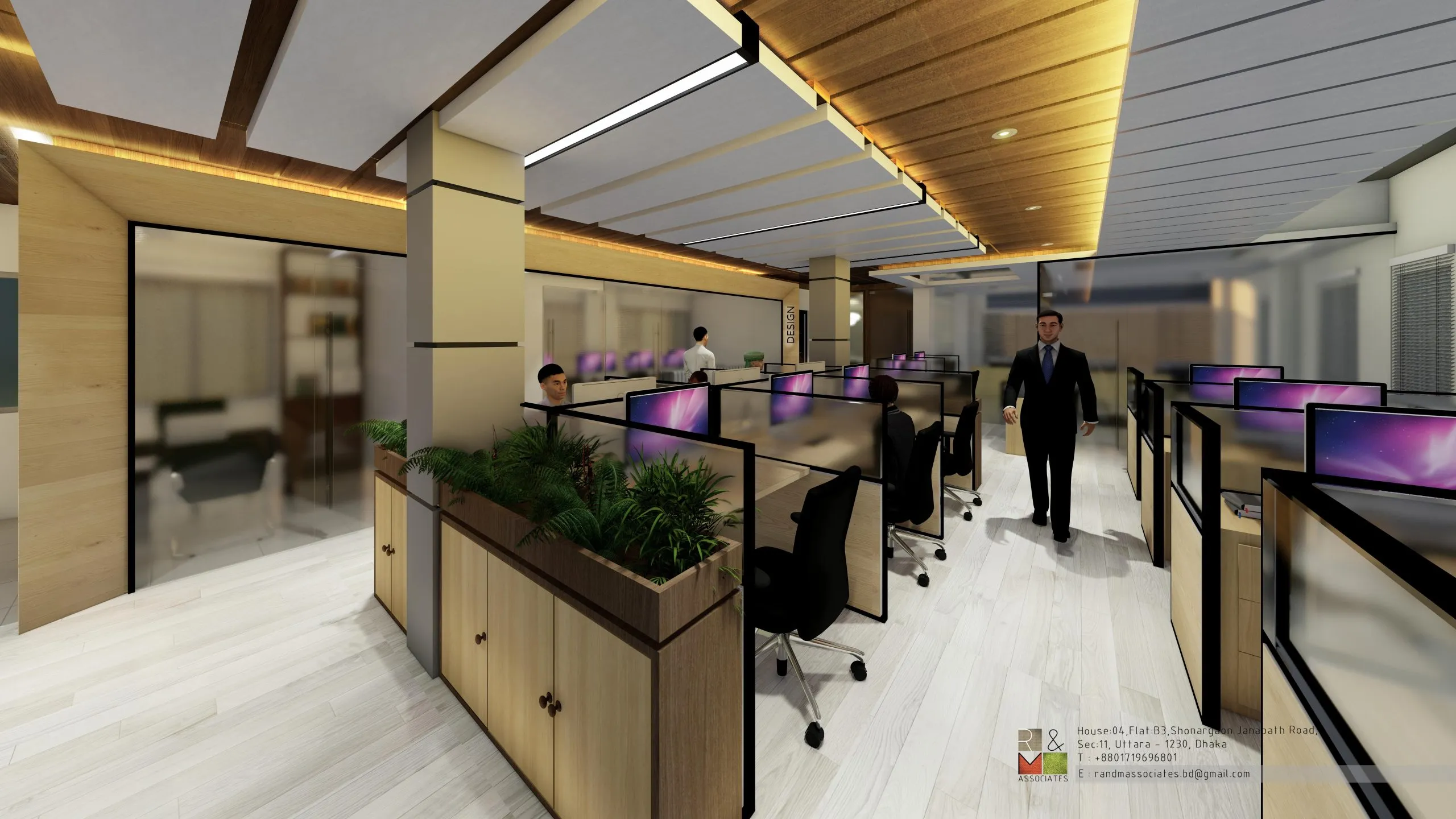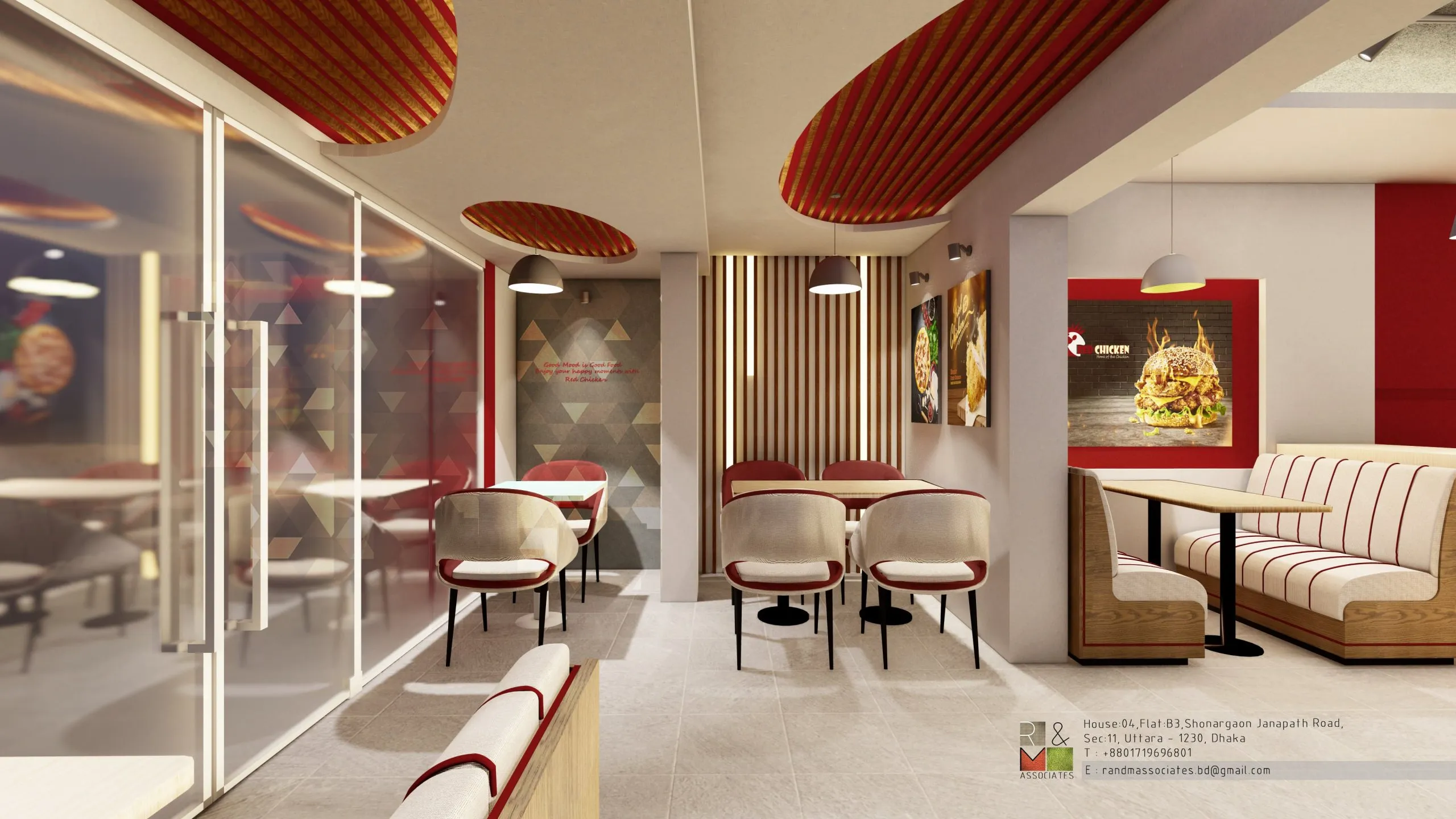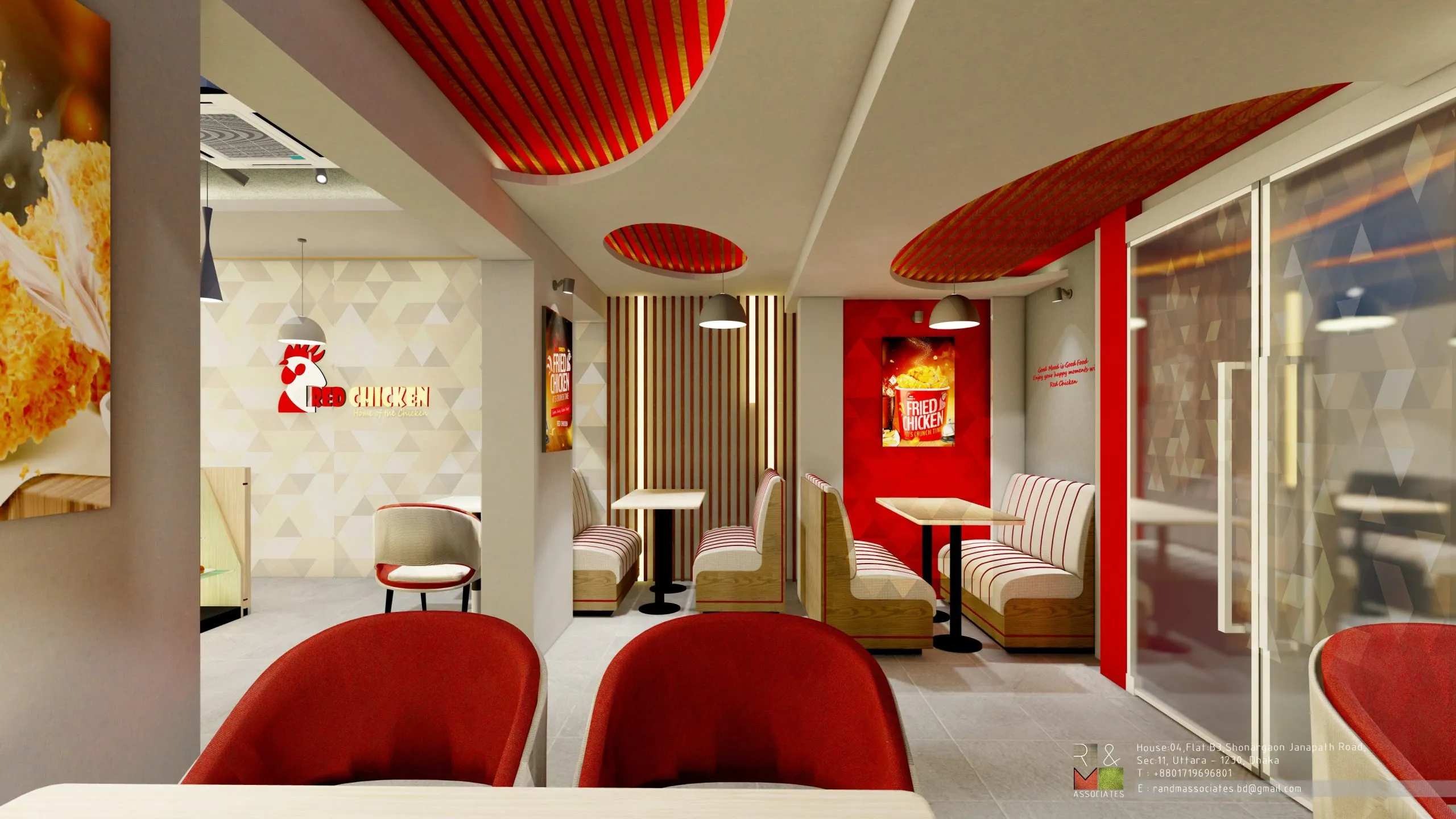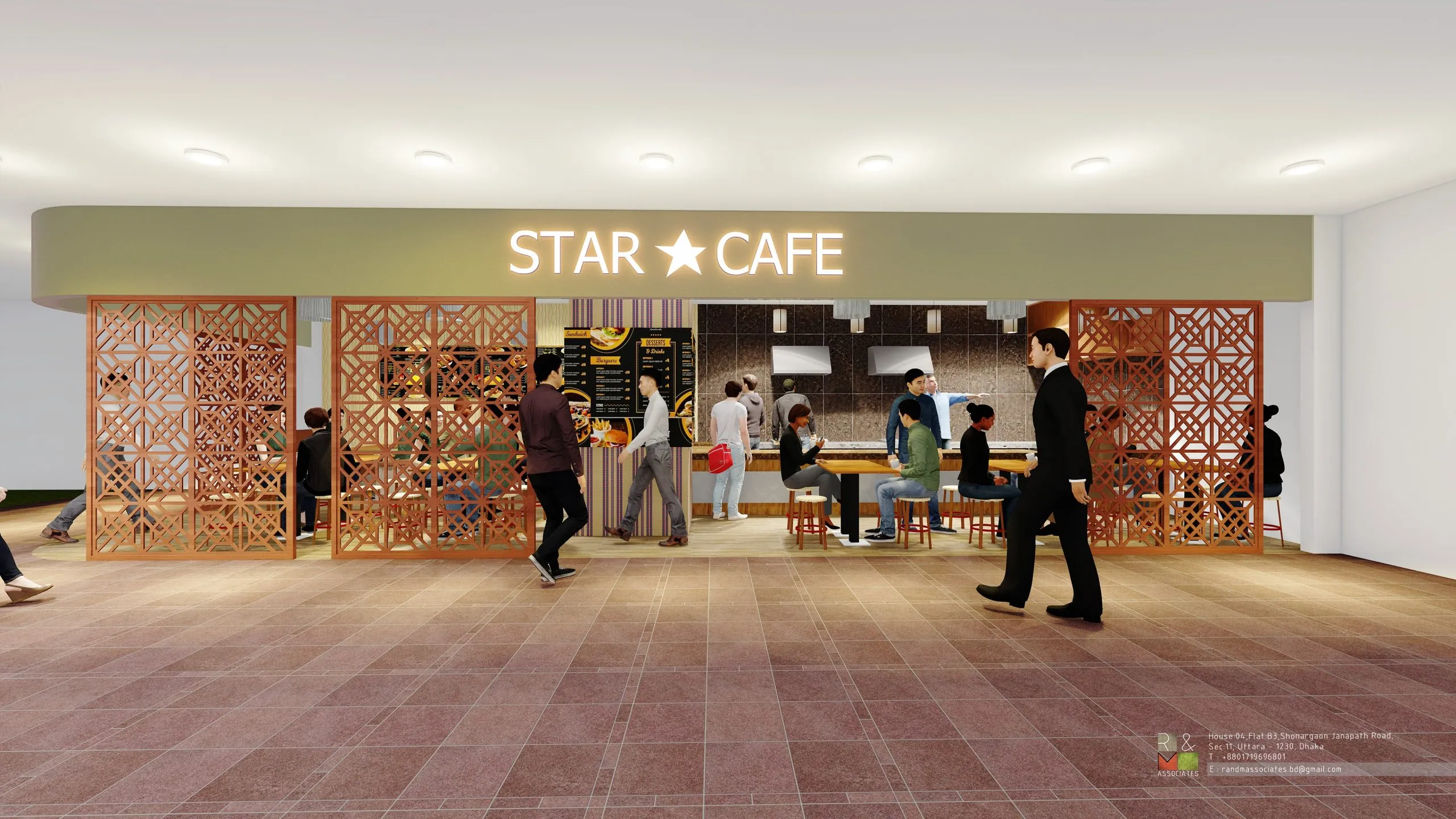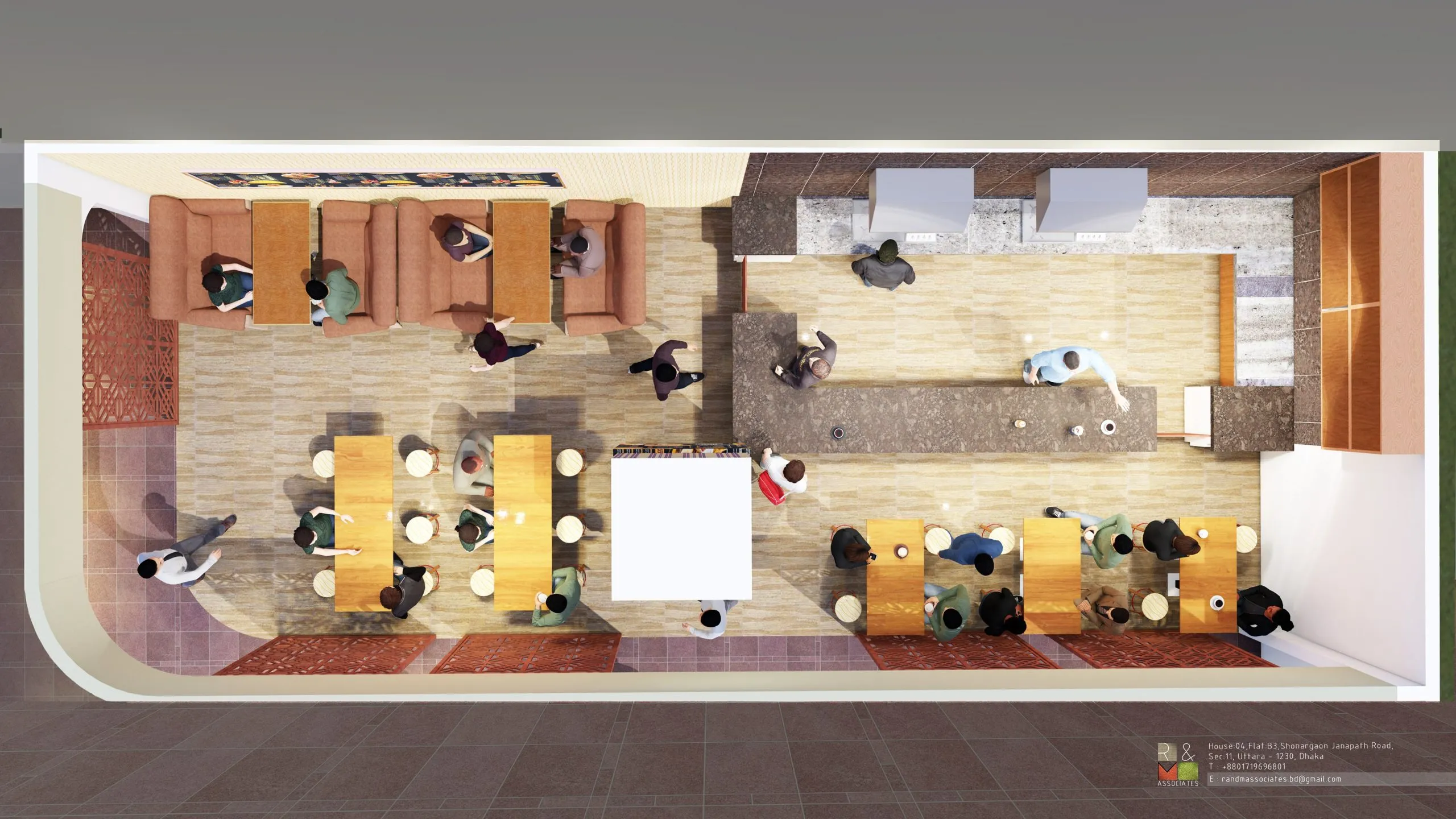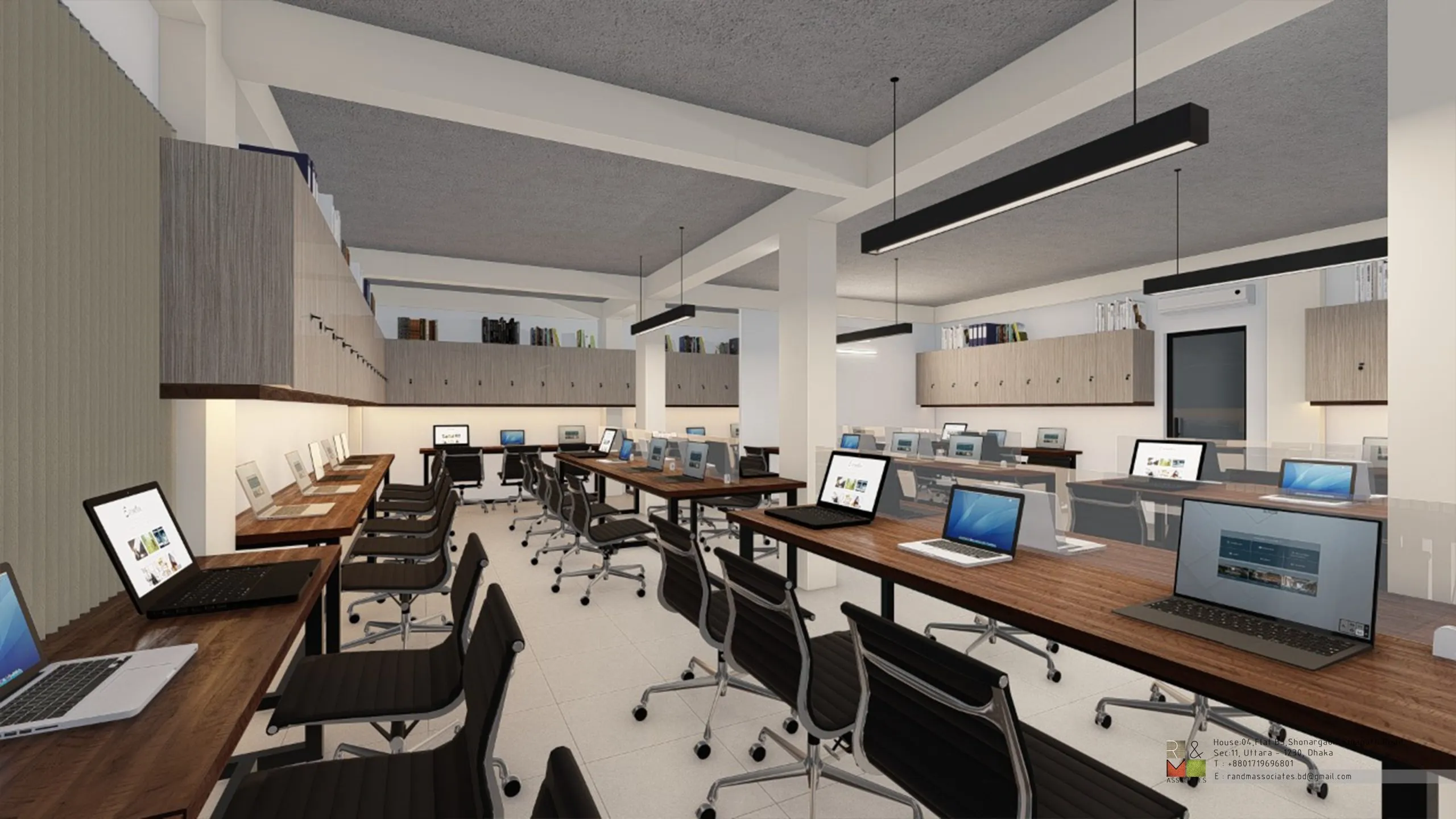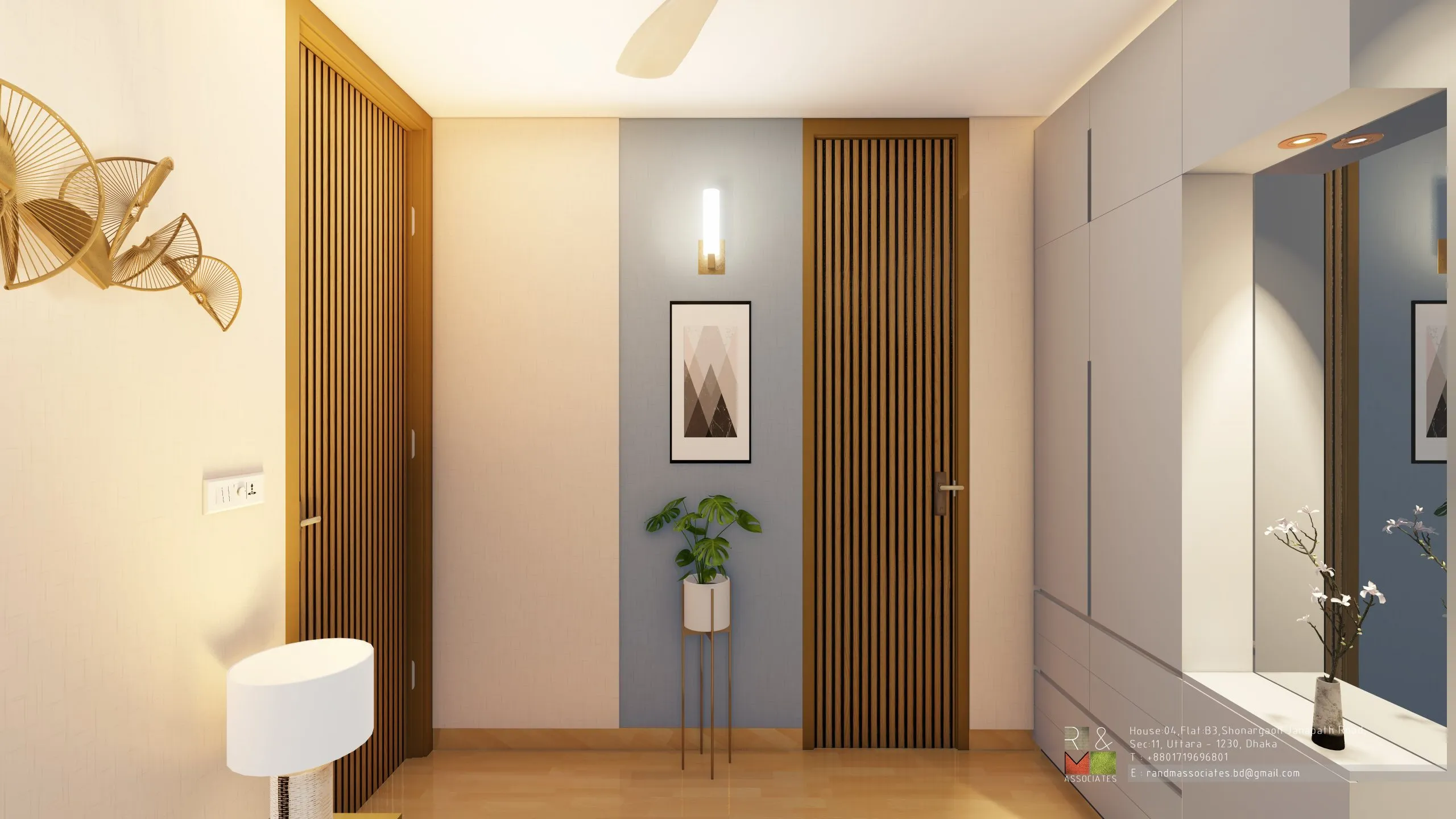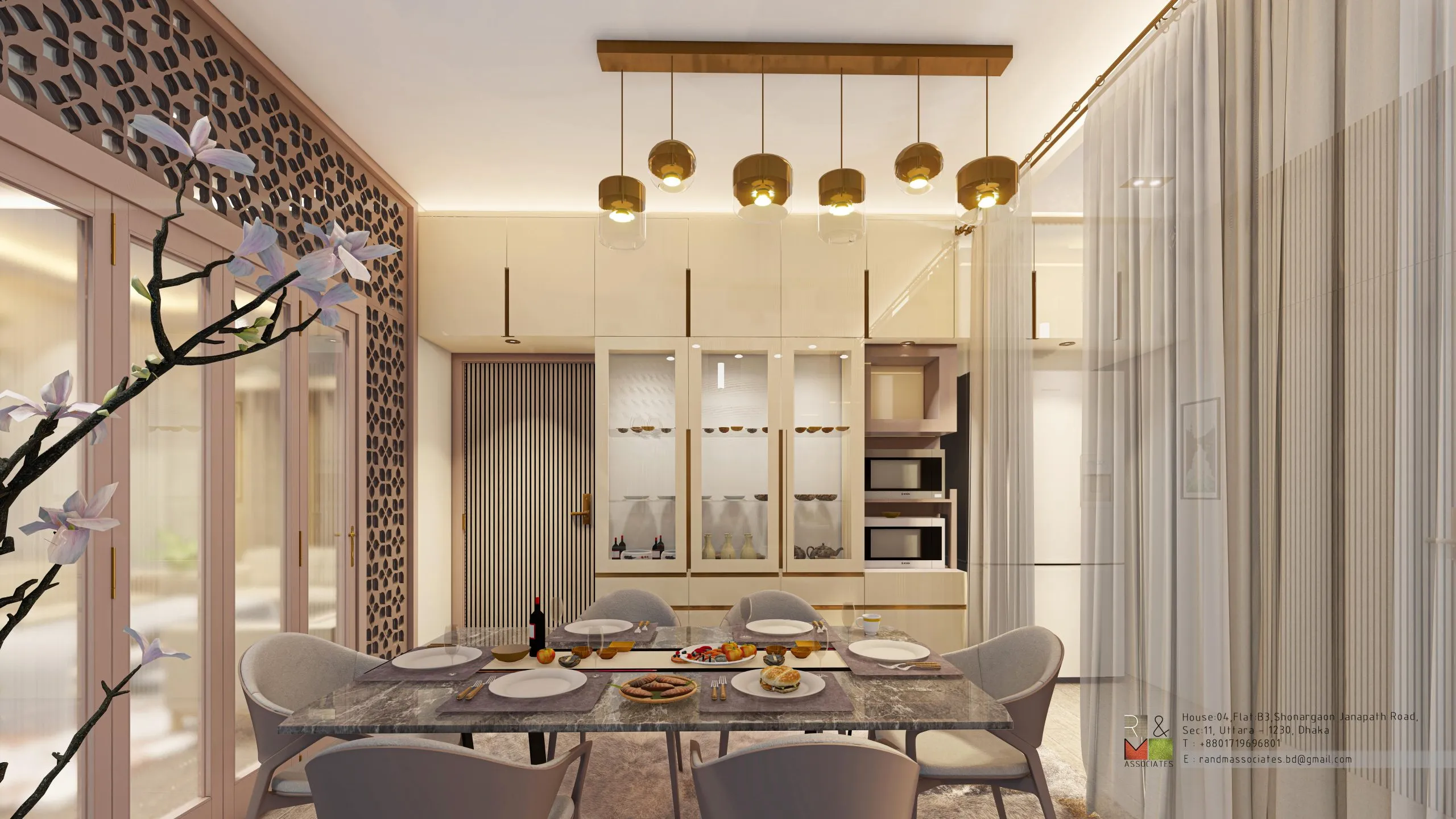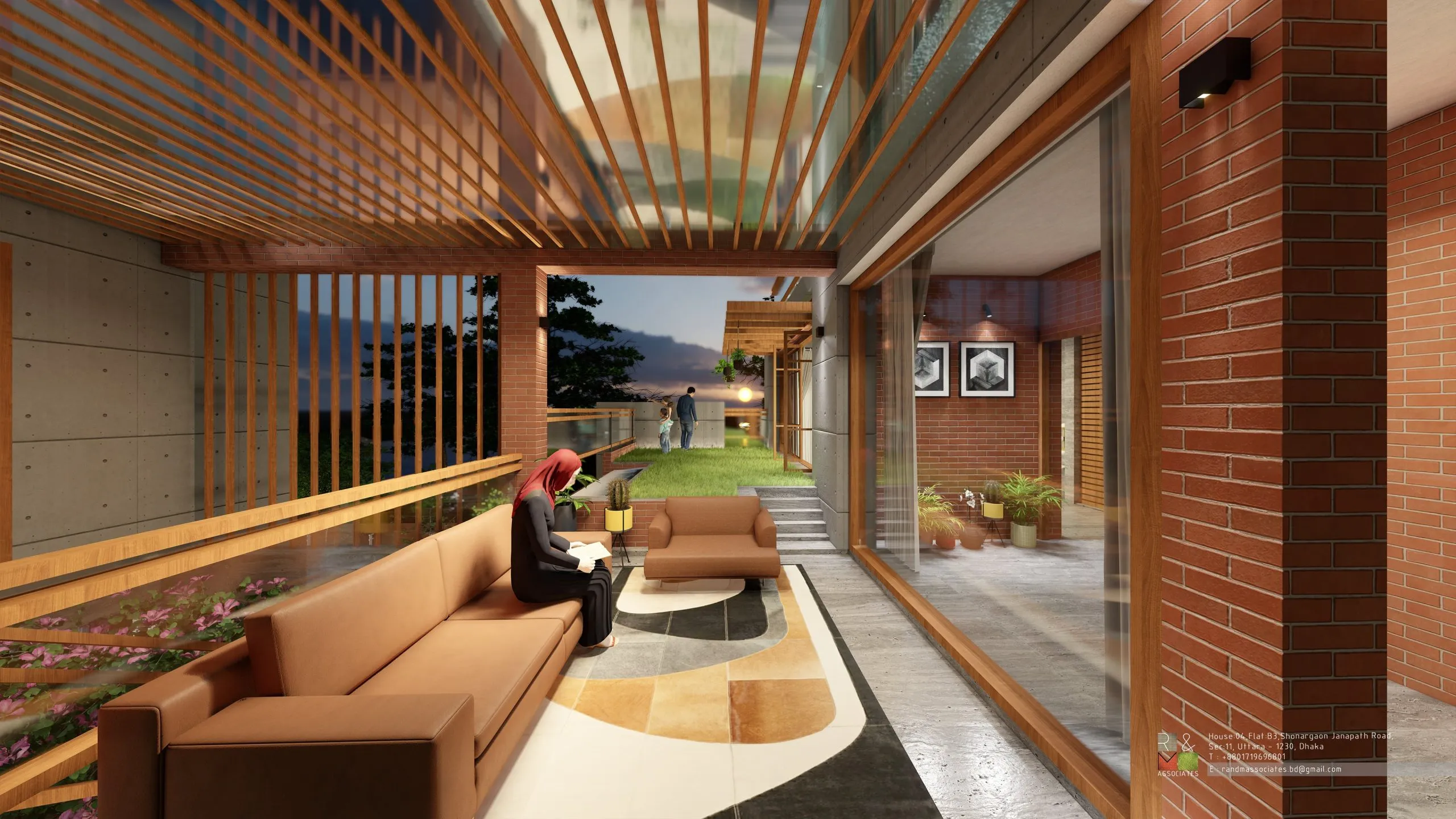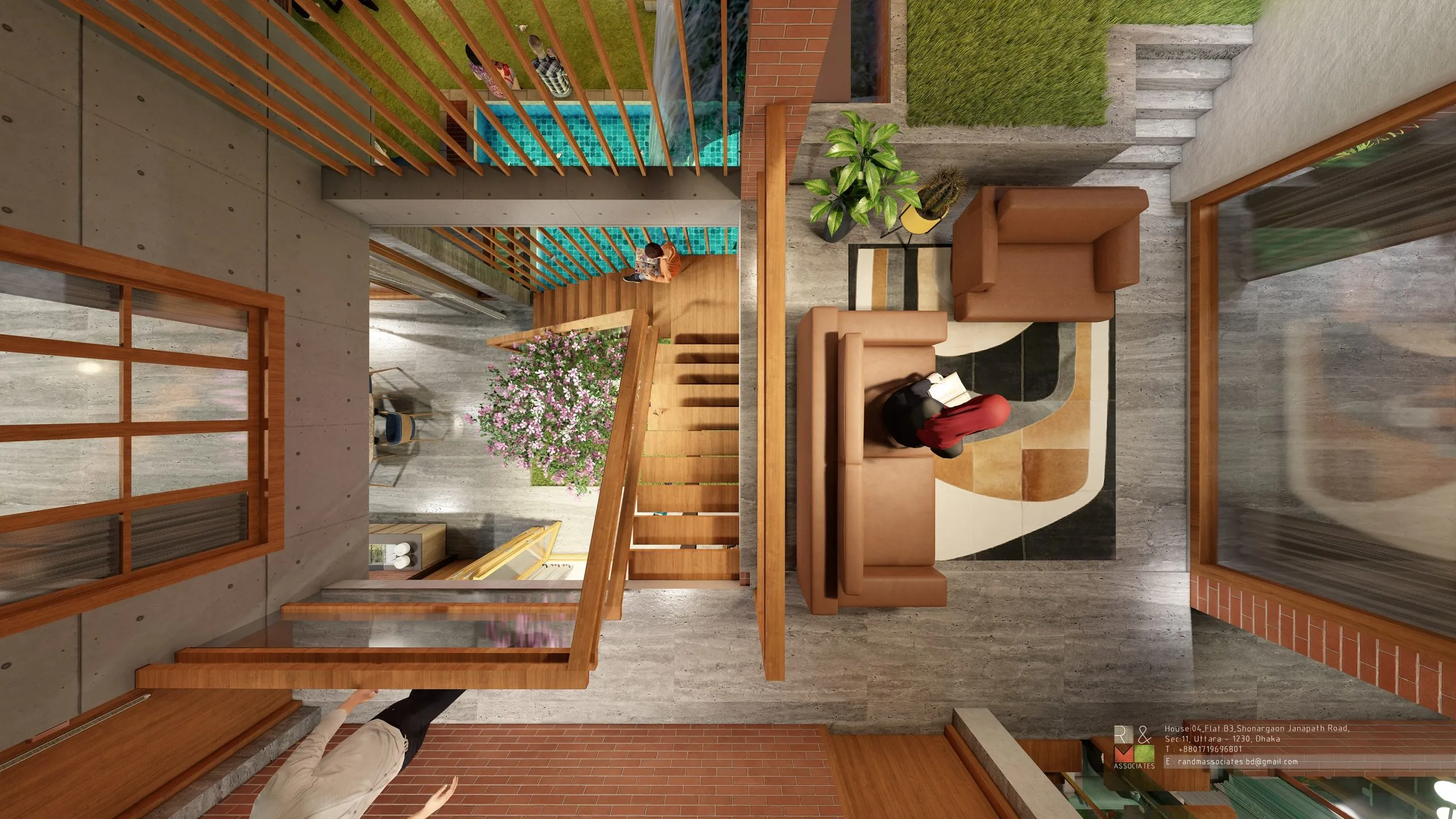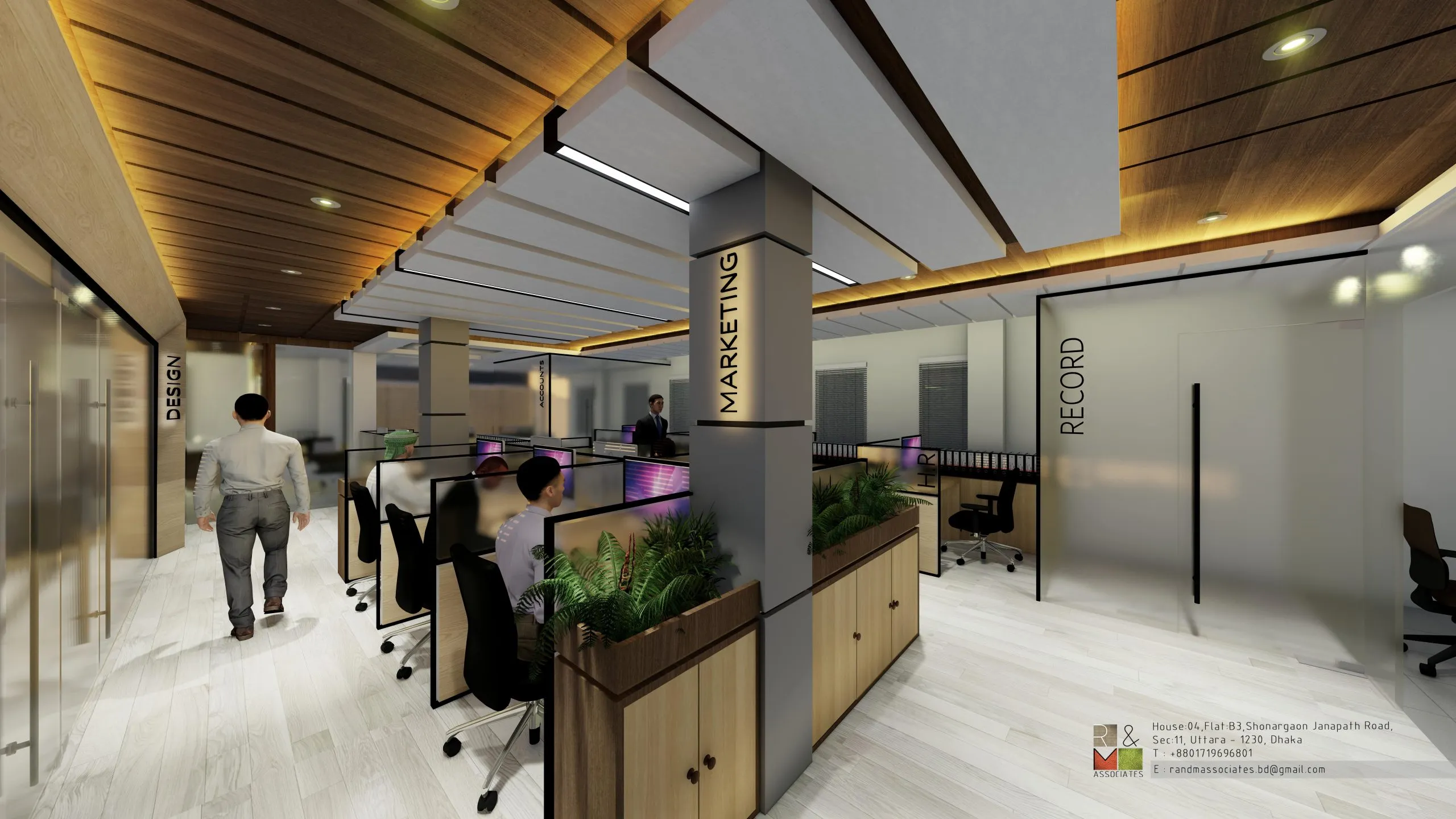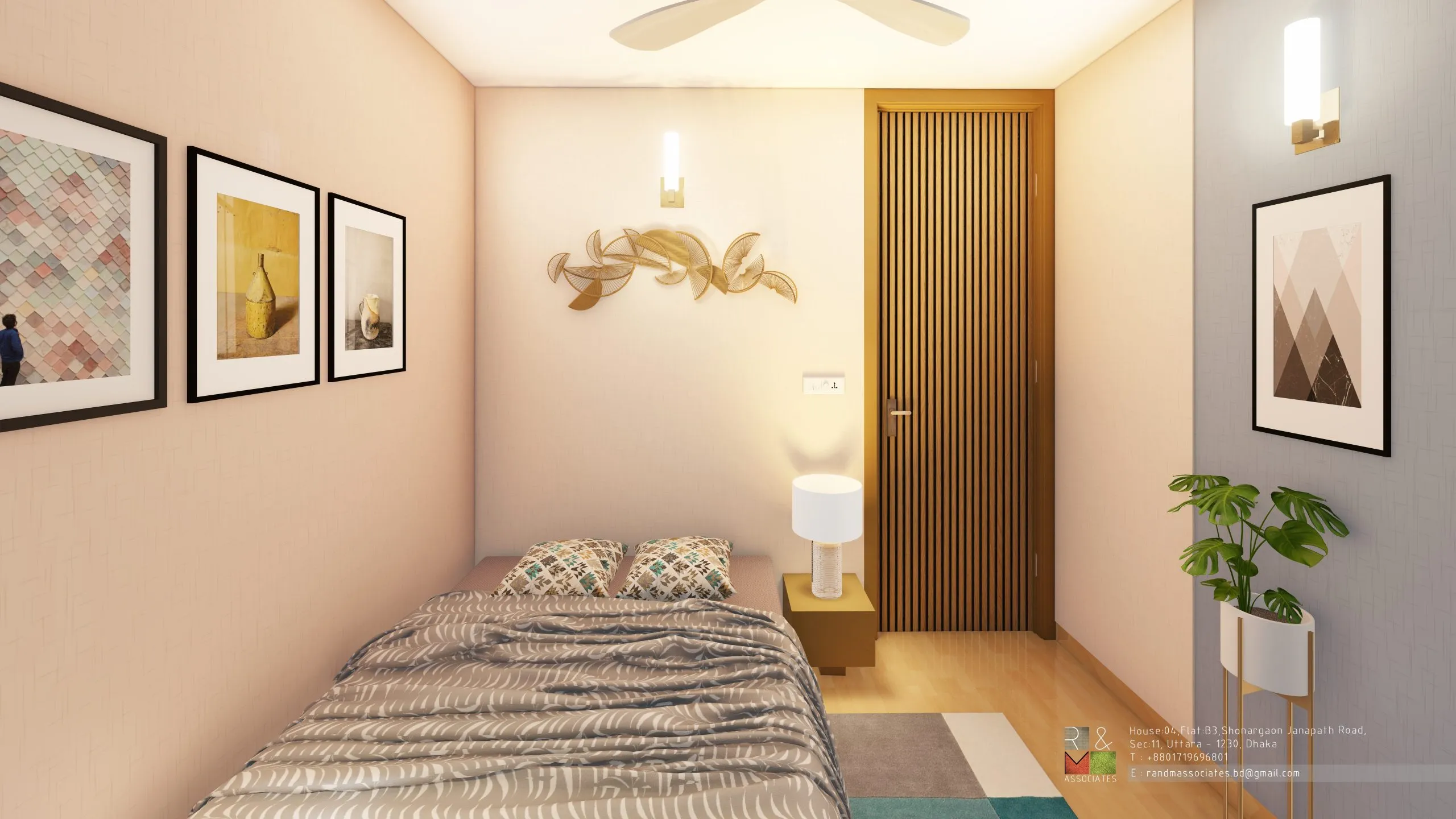Introduction
In recent years, the concept of sustainability has taken center stage in various industries, and the construction sector is no exception. Sustainable construction aims to reduce the environmental impact of buildings while ensuring energy efficiency, waste reduction, and improved living standards. As the world grapples with the effects of climate change, sustainable construction practices are becoming more crucial than ever. But what exactly does sustainable construction involve, and why is it important?
Sustainable construction refers to the use of environmentally responsible and resource-efficient methods throughout a building’s life cycle. This includes everything from the initial design phase, material sourcing, and construction processes to long-term operations and eventual deconstruction. The goal is to minimize negative impacts on the environment while promoting health, well-being, and social responsibility.
There are several core principles that define sustainable construction practices. Reducing energy consumption is a critical aspect of sustainable construction. This involves using energy-efficient systems, such as solar panels, LED lighting, and smart thermostats, to ensure buildings consume less power while maintaining comfort. The choice of building materials plays a pivotal role in sustainability. Sustainable construction favors materials that are recyclable, renewable, or have a low environmental impact. These include bamboo, recycled steel, and reclaimed wood.
Sustainable construction projects often implement water-saving technologies, such as rainwater harvesting systems and low-flow fixtures, to reduce water waste and promote efficient usage. Throughout the construction process, efforts are made to reduce waste by recycling materials and reducing excess inventory. The aim is to send as little waste as possible to landfills. Sustainable buildings prioritize the well-being of occupants by ensuring good air quality, ample natural lighting, and non-toxic materials to create healthier indoor environments.

The benefits of adopting sustainable construction practices are manifold, not just for the environment but also for individuals and businesses. Sustainable construction helps in reducing the carbon footprint of buildings, conserving natural resources, and protecting ecosystems. It contributes to mitigating climate change by lowering greenhouse gas emissions.
Although sustainable construction may have higher upfront costs, it proves to be cost-efficient in the long run. Energy-efficient systems, water-saving technologies, and reduced waste all contribute to significant savings over time. By prioritizing indoor environmental quality, sustainable buildings create healthier living and working spaces. Proper ventilation, non-toxic materials, and natural lighting reduce health risks, such as respiratory issues and eye strain. Sustainable buildings often have higher market value due to their energy efficiency and reduced operational costs. Investors and buyers are increasingly seeking green properties, making them a worthwhile investment.
Many countries have implemented building codes and regulations that require sustainable construction practices. Adopting these practices ensures compliance with local laws and may offer incentives like tax breaks or certifications. Despite its many advantages, sustainable construction faces certain challenges.
One of the most significant barriers to sustainable construction is the initial cost of implementing green technologies and sourcing eco-friendly materials. However, these costs are offset by long-term savings. Many stakeholders in the construction industry are still unaware of the benefits of sustainable practices. This can lead to hesitation in adopting new methods and materials.

Sourcing sustainable materials can be challenging, especially in regions where the availability of eco-friendly options is limited. This can lead to delays and increased costs. The construction industry often lacks workers skilled in sustainable building techniques. Bridging this gap requires proper training and education.
As awareness about environmental issues continues to grow, sustainable construction is expected to play a vital role in shaping the future of urban development. Innovations such as green roofs, passive building designs, and smart building technologies are likely to become more prevalent. Governments, corporations, and individuals must collaborate to overcome the challenges and make sustainable construction the norm rather than the exception.
Sustainable construction is more than just a trend; it is a necessity in our efforts to combat climate change and protect the planet for future generations. By prioritizing energy efficiency, sustainable materials, and waste reduction, we can build structures that not only meet the needs of today but also preserve the environment for tomorrow. With collective action and innovation, the construction industry can lead the way toward a greener, more sustainable future.
The shift toward sustainable construction is not just beneficial for the environment but also essential for fostering long-term economic growth. As the global population continues to rise and urbanization intensifies, the demand for resources such as energy, water, and building materials is expected to surge. By integrating sustainable practices into construction, we can reduce the strain on these resources and promote more efficient use of what is available. This approach not only benefits individual projects but also contributes to broader environmental conservation efforts.

Additionally, sustainable construction can lead to the creation of new job opportunities in areas such as green technology, renewable energy, and sustainable design. As governments and organizations increasingly prioritize environmental responsibility, the need for expertise in these areas is likely to grow. Training workers to implement sustainable building practices will be key in meeting this demand, fostering innovation, and enhancing the overall resilience of the construction industry.
Sustainable construction also plays a significant role in enhancing community well-being. Buildings that incorporate green spaces, natural ventilation, and energy-efficient systems not only reduce environmental harm but also create healthier and more comfortable living and working environments. Studies have shown that occupants of green buildings experience improved mental and physical health, which can lead to increased productivity and a higher quality of life. By promoting sustainability, we are not only protecting the planet but also investing in the well-being of people and communities.
Furthermore, as environmental regulations become more stringent, companies that fail to adopt sustainable practices may face penalties, delays, or higher operational costs. On the other hand, businesses that prioritize sustainability may gain a competitive advantage by qualifying for certifications such as LEED (Leadership in Energy and Environmental Design) or BREEAM (Building Research Establishment Environmental Assessment Method). These certifications serve as a mark of quality and commitment to sustainability, boosting the reputation of the project and attracting environmentally conscious clients and investors.
In conclusion, sustainable construction represents a forward-thinking approach that addresses the challenges of modern development while promoting environmental stewardship. As climate change continues to pose serious risks to ecosystems and human life, the construction industry has a crucial role to play in reducing carbon emissions, conserving resources, and building a more sustainable future. While there are challenges, such as initial costs and lack of awareness, the long-term benefits far outweigh these obstacles. By embracing innovation and collaboration, sustainable construction can become the foundation for greener, healthier, and more prosperous communities.




